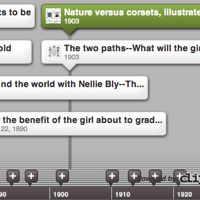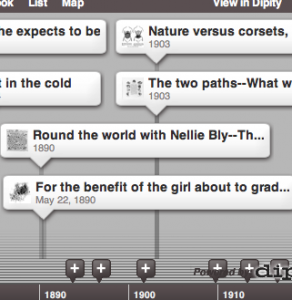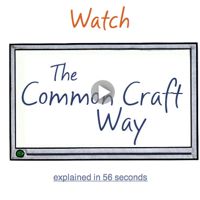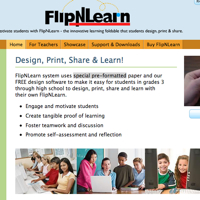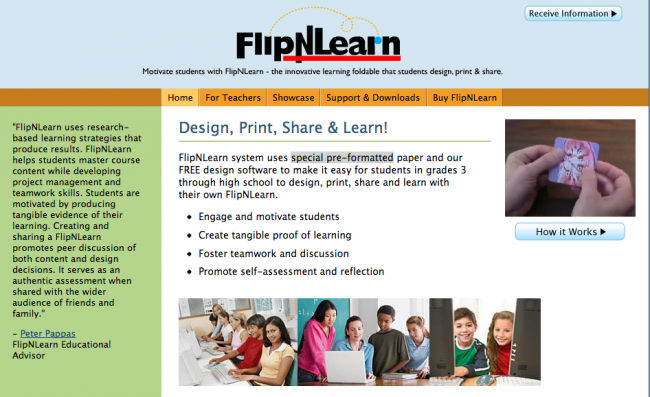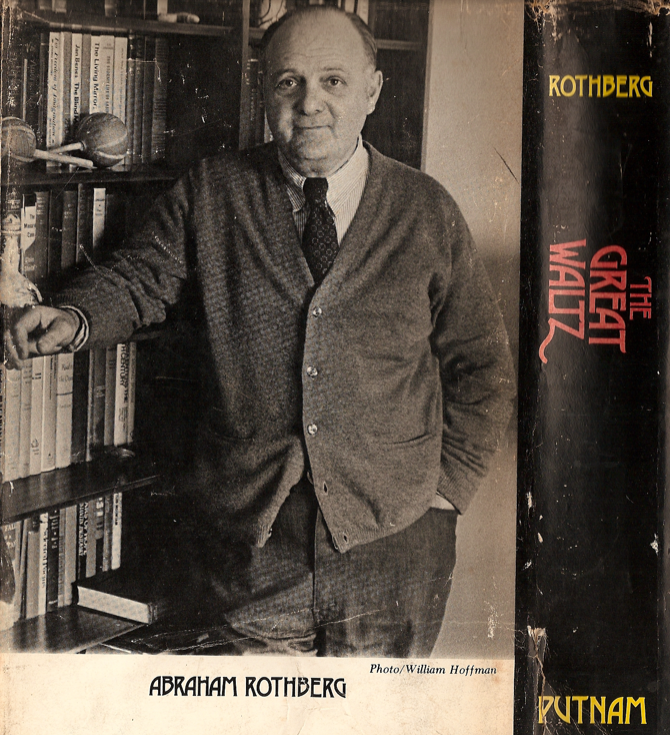 For the last 5 years I’ve been a print-on-demand publisher, producing ten books for a dear friend – Abraham Rothberg. Abe has had a distinguished career as a journalist, university professor and author of 16 published novels, two books of history, a collection of short stories, two children’s books, and a volume of literary criticism. His previous work was published by mainstream publishers and has been favorably reviewed in NY Times, Harper’s, Time Magazine, and Publishers Weekly. Unfortunately his previous work had gone out of print. So we decided to cut out the middle man and self publish.
For the last 5 years I’ve been a print-on-demand publisher, producing ten books for a dear friend – Abraham Rothberg. Abe has had a distinguished career as a journalist, university professor and author of 16 published novels, two books of history, a collection of short stories, two children’s books, and a volume of literary criticism. His previous work was published by mainstream publishers and has been favorably reviewed in NY Times, Harper’s, Time Magazine, and Publishers Weekly. Unfortunately his previous work had gone out of print. So we decided to cut out the middle man and self publish.
Recently we held a tribute to Abe – the man and his writings – as part of the Jewish Book Festival, at the Rochester JCC.
Abe surprised the attendees with an eloquent reflection on fiction. [Excerpt]
... Serious fiction is a lie that tells the truth. Fiction can introduce you into the lies and truths of other people’s minds and hearts, to your own country and time, or strange, foreign places and other eras, into the most public forums and the most private scenes of human intimacy; it can make you see, hear, feel, love, hate, forgive, judge, understand, and yet not be bound by the consequences of all those activities, though you are there as a participant-observer in the most personal and informed ways.
… And so, tonight, you will hear some of the lies I have written I take to be important truths, serious fictions about our lives and times I thought my books might contribute to the cultural and political conversations and dilemmas of our epoch. If that has not taken place as I wished– and I am sorry to say it has not–it was not for the want of my trying. Complete text of his presentation
Read more about Abraham Rothberg and purchase his fiction




